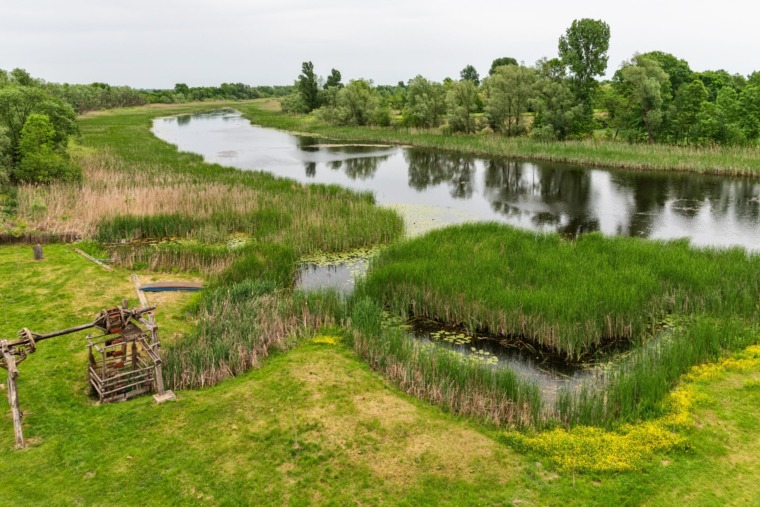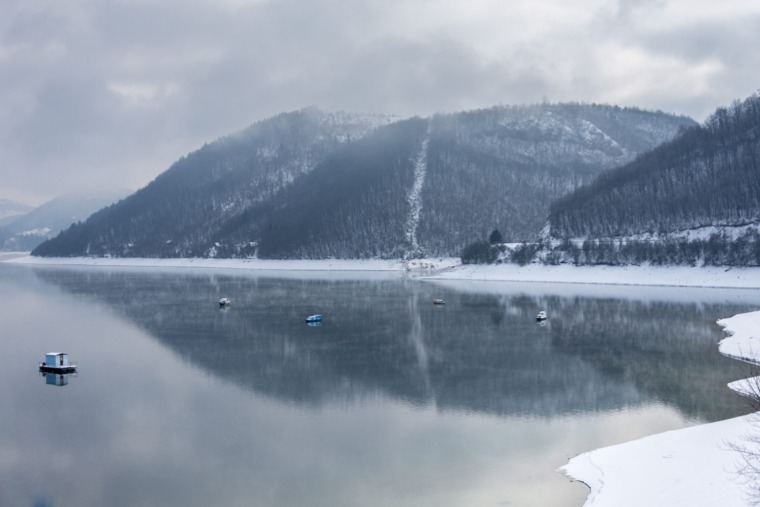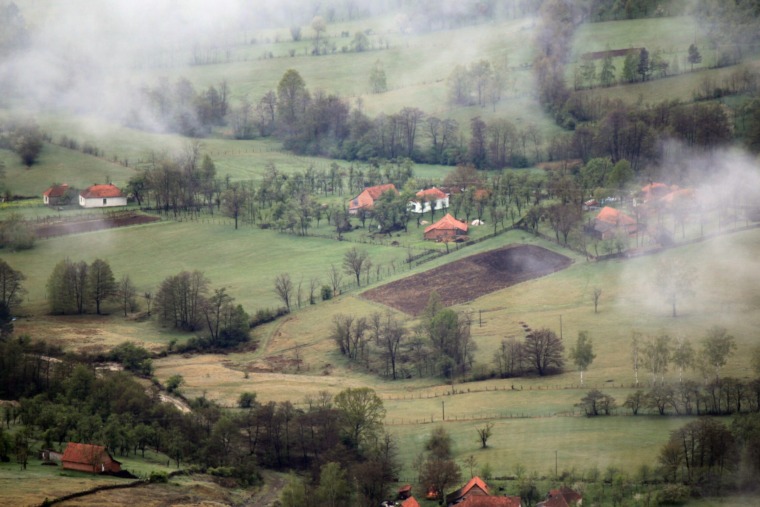
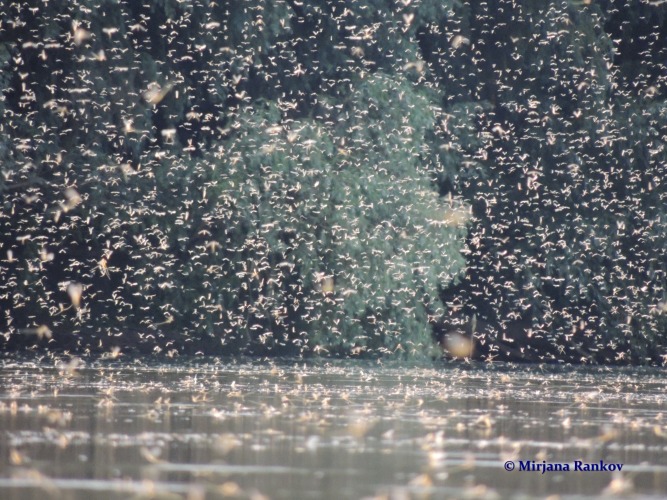
Among the rarest natural wonders in Europe, the blooming of the Tisa is a breathtaking phenomenon that can only be witnessed on the Tisa River in Serbia and the Yangtze River in China. Each June, during a few warm evenings, millions of delicate insects known as Tisa Flowers (Palingenia longicauda) rise from the riverbed in synchronized swarms to perform a spectacular aerial dance – to mate, reproduce, and then disappear forever.
These ancient insects spend three years hidden in the clay-rich bottom of the river, only to live as adults for a single day. The exact day of blooming is never known in advance – it does not occur at the same time each year, but typically happens sometime between mid and late June, depending on water temperature and air conditions. When it begins, the river appears to “bloom,” as millions of winged mayflies fill the dusk sky with their shimmering bodies.
An Ancient Ritual of Life and Death
The adults rise at sunset, mate mid-air, and by nightfall – they are gone. Females lay up to 8,000 eggs on the river’s surface. These eggs slowly sink to the bottom, where they will remain for three years before the next generation emerges.
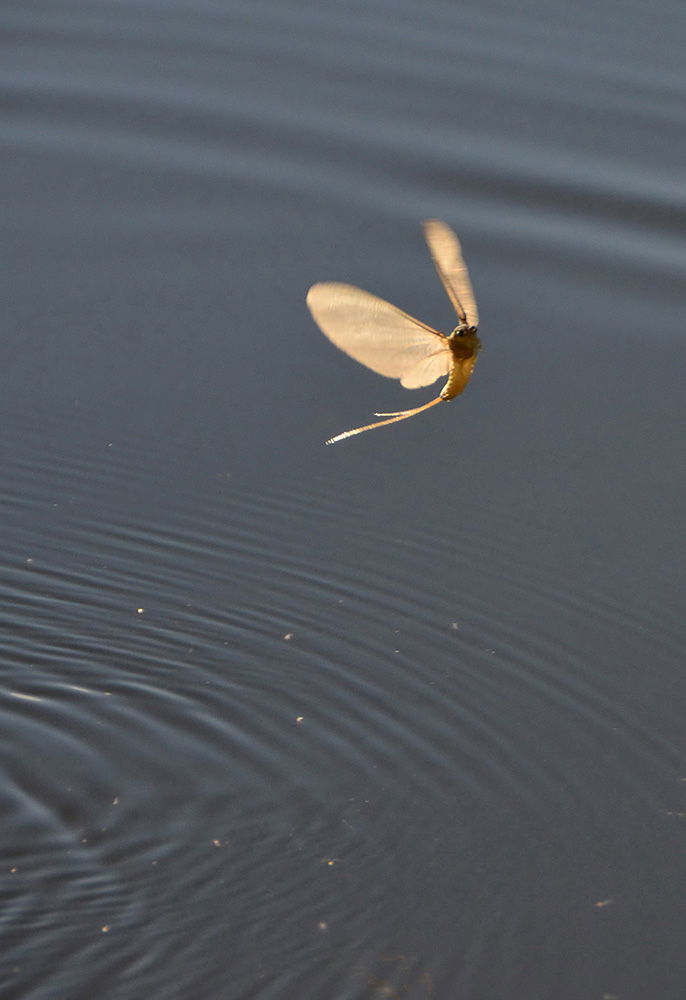

Today, the Tisa is one of the last safe habitats for this species in Europe. Once found in rivers across the continent, the Tisa Flower has vanished from many due to pollution and habitat loss. Its presence is now a symbol of a clean and healthy river ecosystem.
Festival of the Tisa Bloom 2025
To celebrate this natural marvel, the town of Senta will once again host the Tisa Bloom Festival (Festival cvetanja Tise) on June 13–14, 2025. The event offers educational programs, ecological workshops, traditional food, river boat rides, and evening observation points – perfect for experiencing the magic of the blooming.
📍 Where to watch: Best seen between Kanjiža and Novi Bečej, with Titel as a key viewing spot
📅 When: The blooming occurs once a year, unpredictably, but typically mid-to-late June
🌿 Why visit: To witness a natural wonder that happens in only two places in the world
Featured image: Mirjana Rankov, Flickr.com
Related Articles


Winter Starts Here: Serbia’s Magical December
December 1, 2025
Active Holidays and SPA – Destination Ideas in Serbia
November 22, 2025
Where to Ski in Serbia 2025/2026: The Complete Winter Guide
November 17, 2025